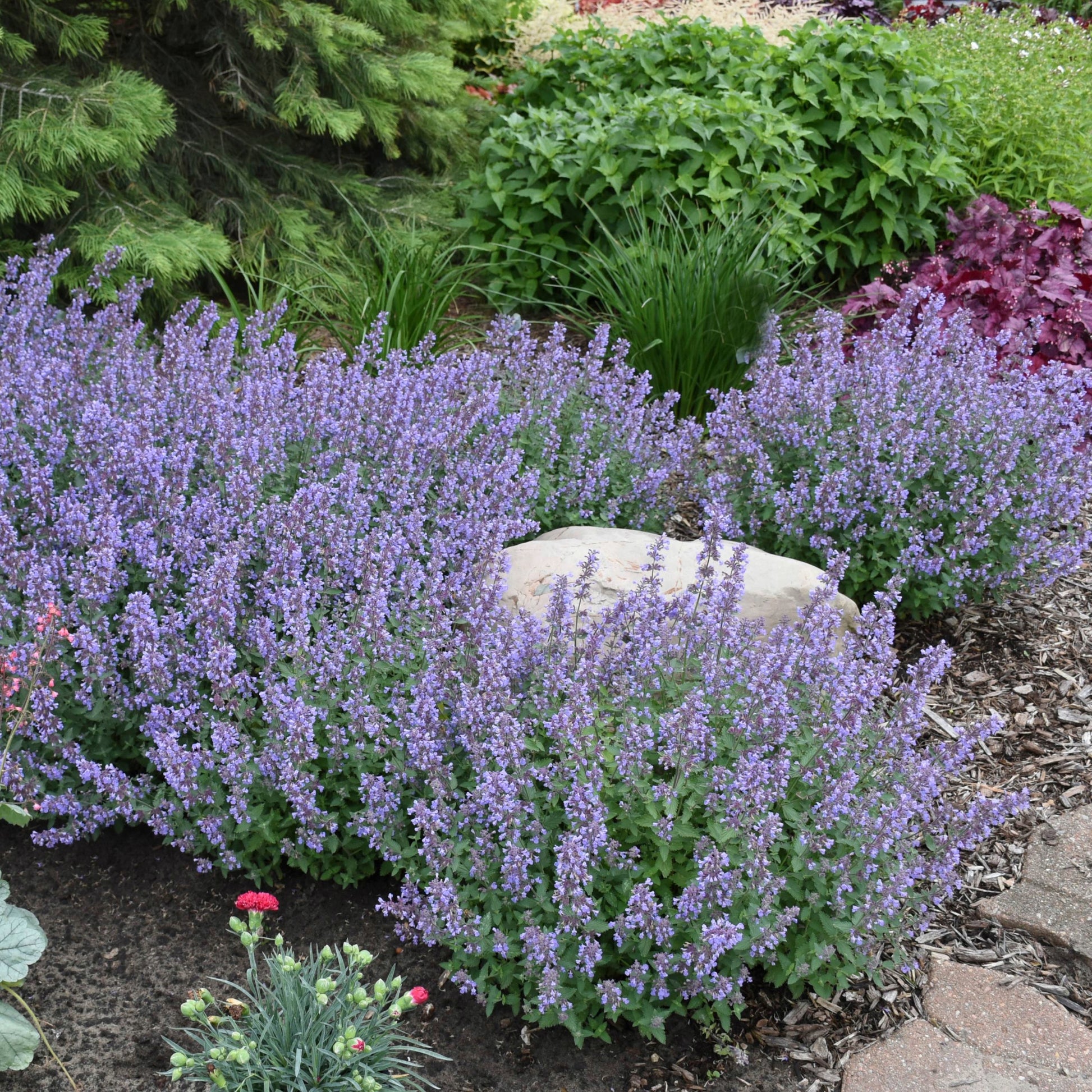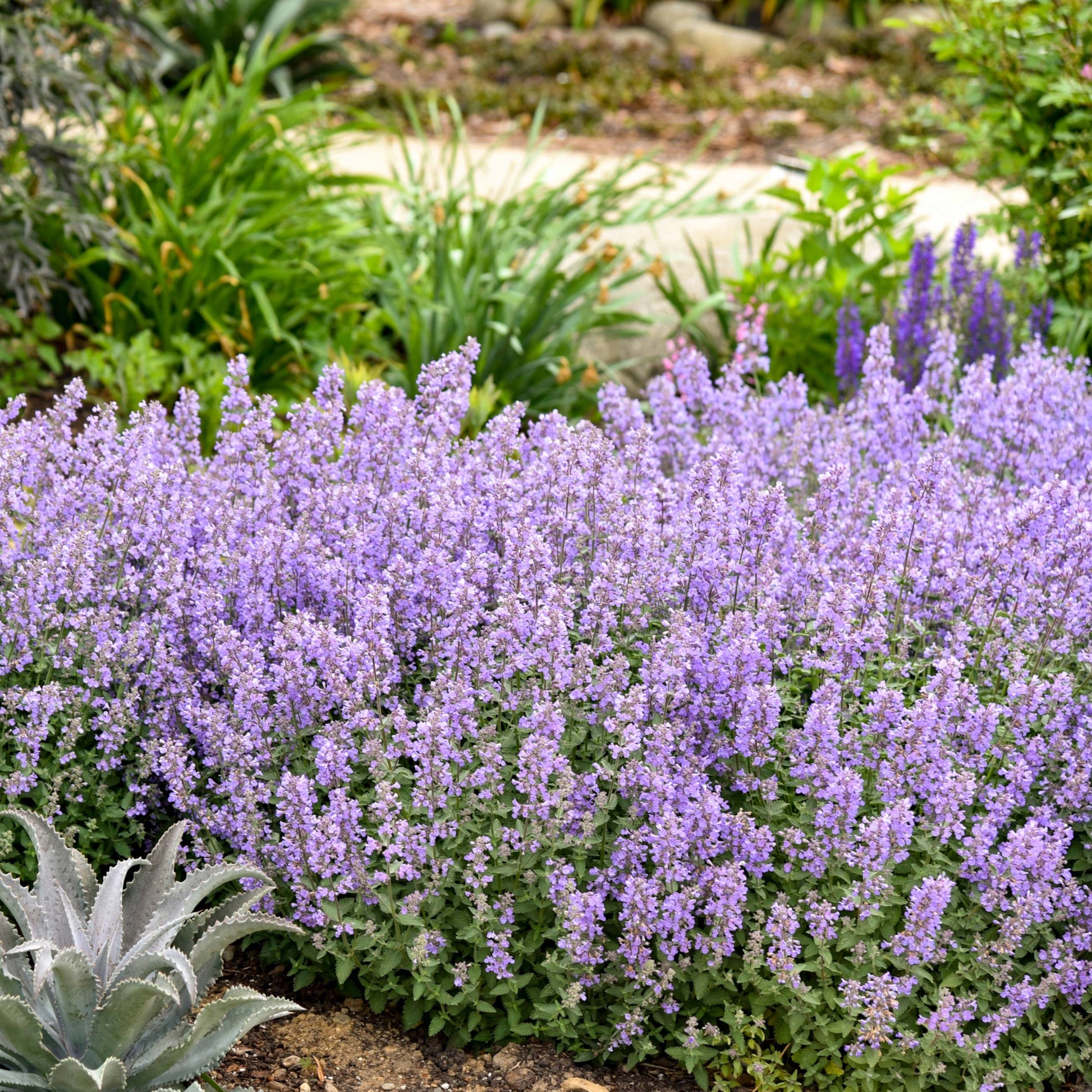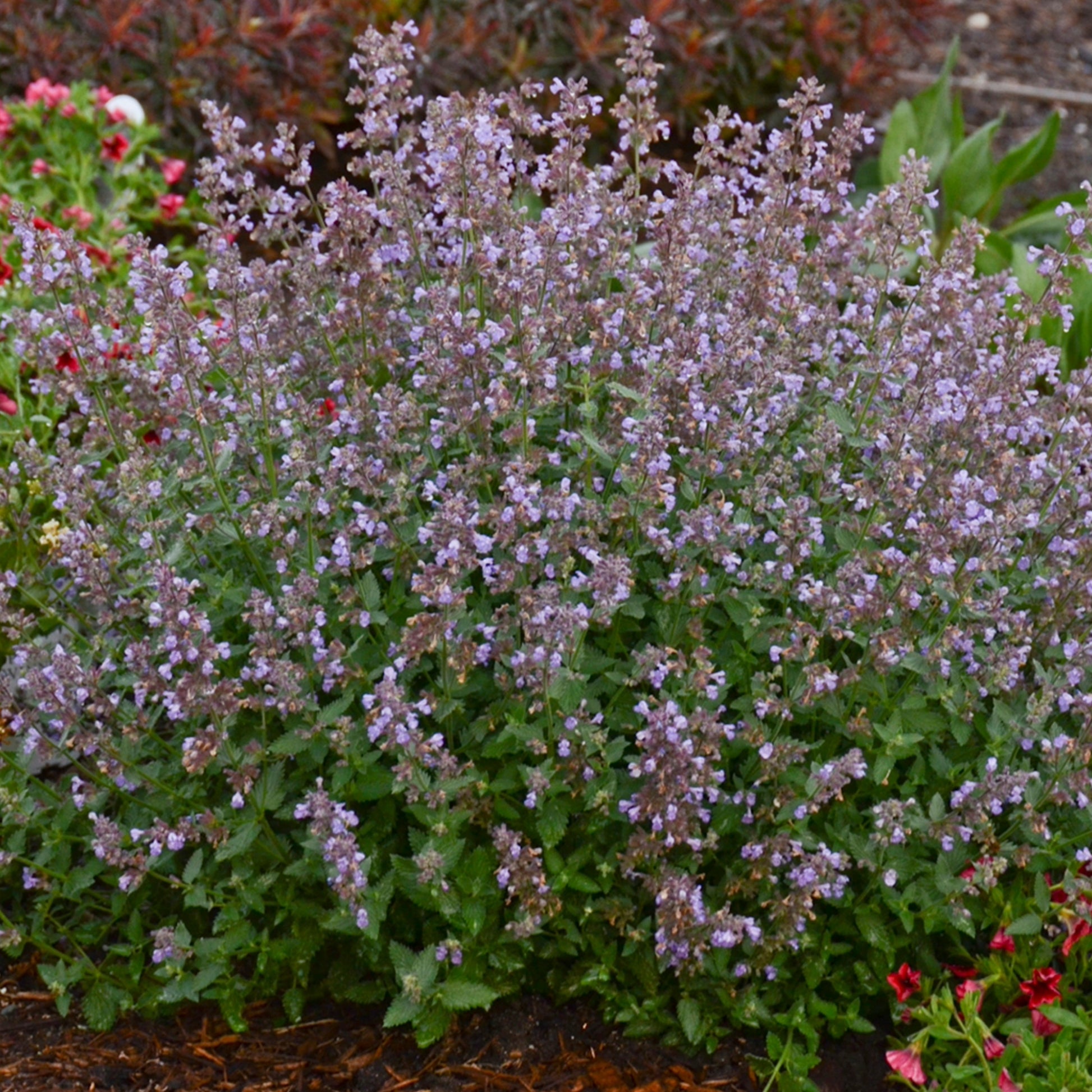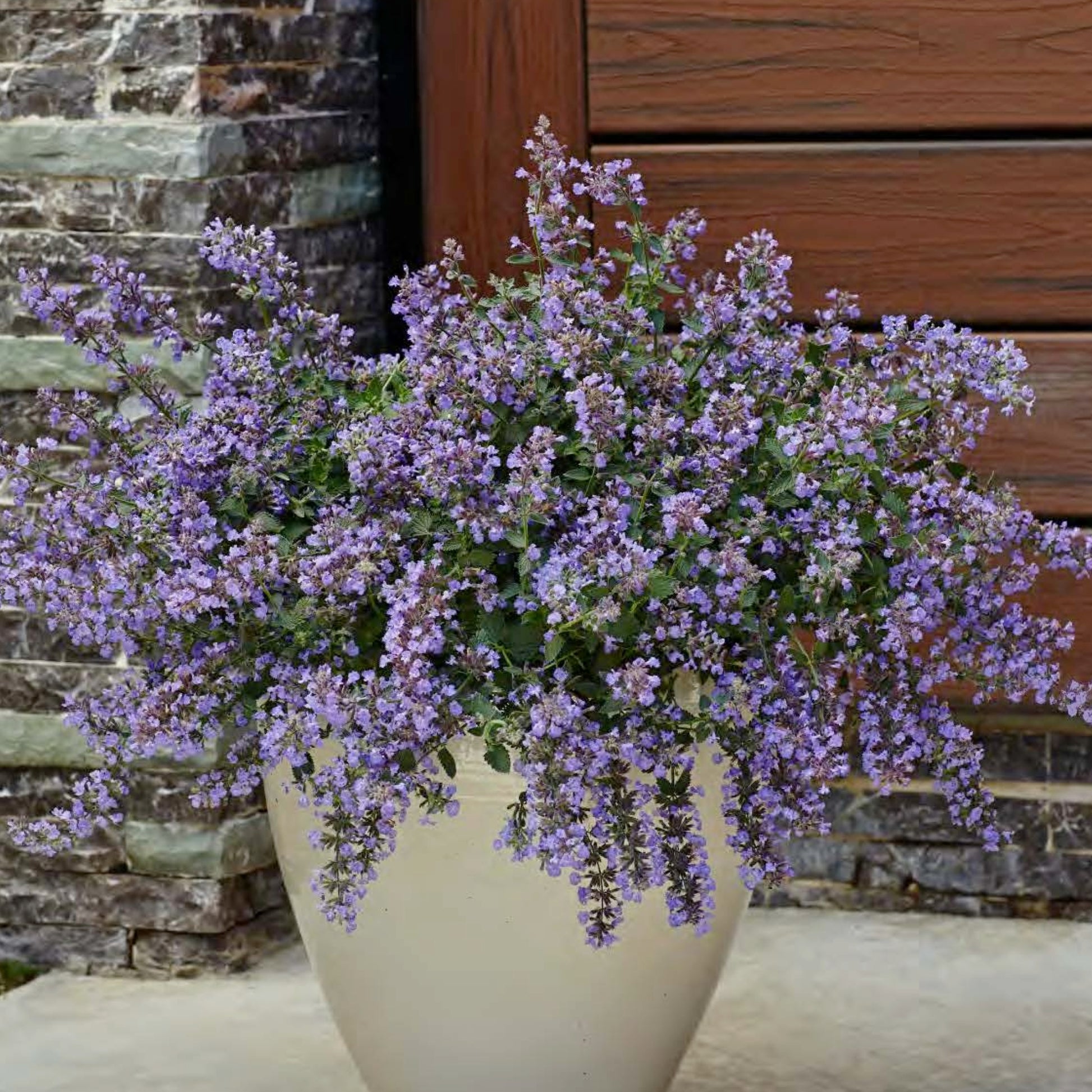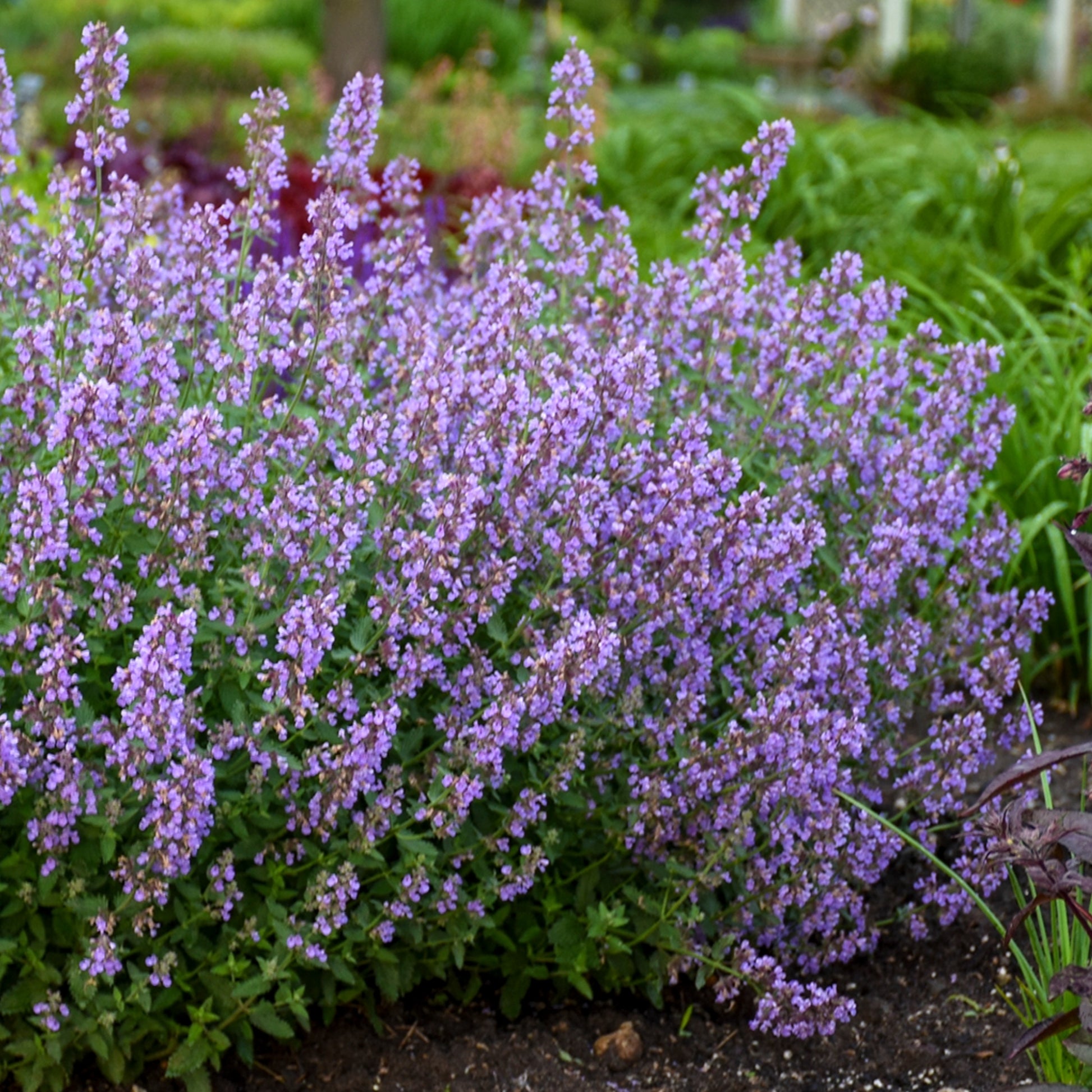Nepeta faassenii 'Cat's Meow'
Nepeta faassenii 'Cat's Meow' – 'Cat's Meow' Catmint
Nepeta faassenii 'Cat's Meow' – 'Cat's Meow' Catmint
Exposure
- Sun
Rusticity
Bloom time
- June
- July
- August
- September
- Cloud of blue flowers
- Never splits in the center
- Very long-blooming season
- Resists deer and drought
- Easiest, carefree maintenance
'Cat's Meow' Nepeta is a remarkable improvement on traditional catmints, offering a perfect solution for gardeners seeking worry-free performance. Its most impressive feature is its perfectly rounded, dense mound that never flops open in the center, even after a heavy rain. It combines this impeccable structure with a cloud of lavender-blue flowers that lasts all summer, all with bewilderingly simple care.
Characteristics
- Foliage: It develops a dense mound of small, deciduous leaves that are a lovely grey-green and very aromatic when crushed.
- Flowering: From late spring through summer, the plant covers itself in a profusion of spikes of small, lavender-blue flowers. A mid-season shearing encourages a new wave of flowers that extends into the fall.
- Light: It demands full sun for abundant flowering and a dense, compact habit.
- Habit: It forms a very uniform, rounded cushion or mound that remains impeccable all season.
- Growth: With a medium growth rate, it reaches a height of 45 to 50 cm (17-20 inches) with a spread of 60 to 90 cm (24-36 inches).
- Moisture: It prefers rather dry soil conditions.
- Soil: It thrives in average, very well-drained soil. It does not tolerate heavy, constantly wet soils.
- Hardiness: Extremely hardy, it faces Zone 3 winters without any problem.
- Resistance: This is a very robust plant that admirably resists White-tailed deer, rabbits, drought, and heat.
Uses
- Types of Use: Its neat shape and long bloom time make it an excellent choice for the front of borders, along pathways, or in mass plantings. It is also perfect for rock gardens.
- Ornamental Features: Its cloud of blue flowers creates a soft, airy effect for months, pairing wonderfully with almost all other flower colours. Its grey-green foliage offers a beautiful texture.
Care
- Watering: Water upon planting. Once established, it tolerates drought very well and only requires occasional watering during prolonged periods of high heat.
- Fertilizing: It generally does not require any fertilizer to perform well.
- Pruning: After the first major wave of flowering (around mid-July), shear the entire plant by half. This simple, quick operation encourages the growth of fresh new foliage and a second abundant bloom until fall.
- Planting: Plant it in the spring or fall in a very sunny location with excellent drainage.
- Winter Protection: No protection is required for this very hardy perennial.
Plant details
Dimensions
Dimensions
Characteristics
Characteristics
Habit:
- Mounded
Flowering colours:
- Blue
- Lavender
- Lilac
Plant needs
Plant needs
Watering:
- Tolerates dry, well-drained soil
Maintenance:
- Easy
- Prune after flowering
Soil requirement:
- Well-drained
Features
Features
Resistance:
- White-tailed deer
- Hare and rabbit
- Drought
- Heat
Attract:
- Bees
- Butterflies
- Hummingbirds
- Pollinators
Use:
- Border
- Mass planting
- In ground
- Rock garden
Attribute:
- Long blooming
- Successive blooming
- Fragrant
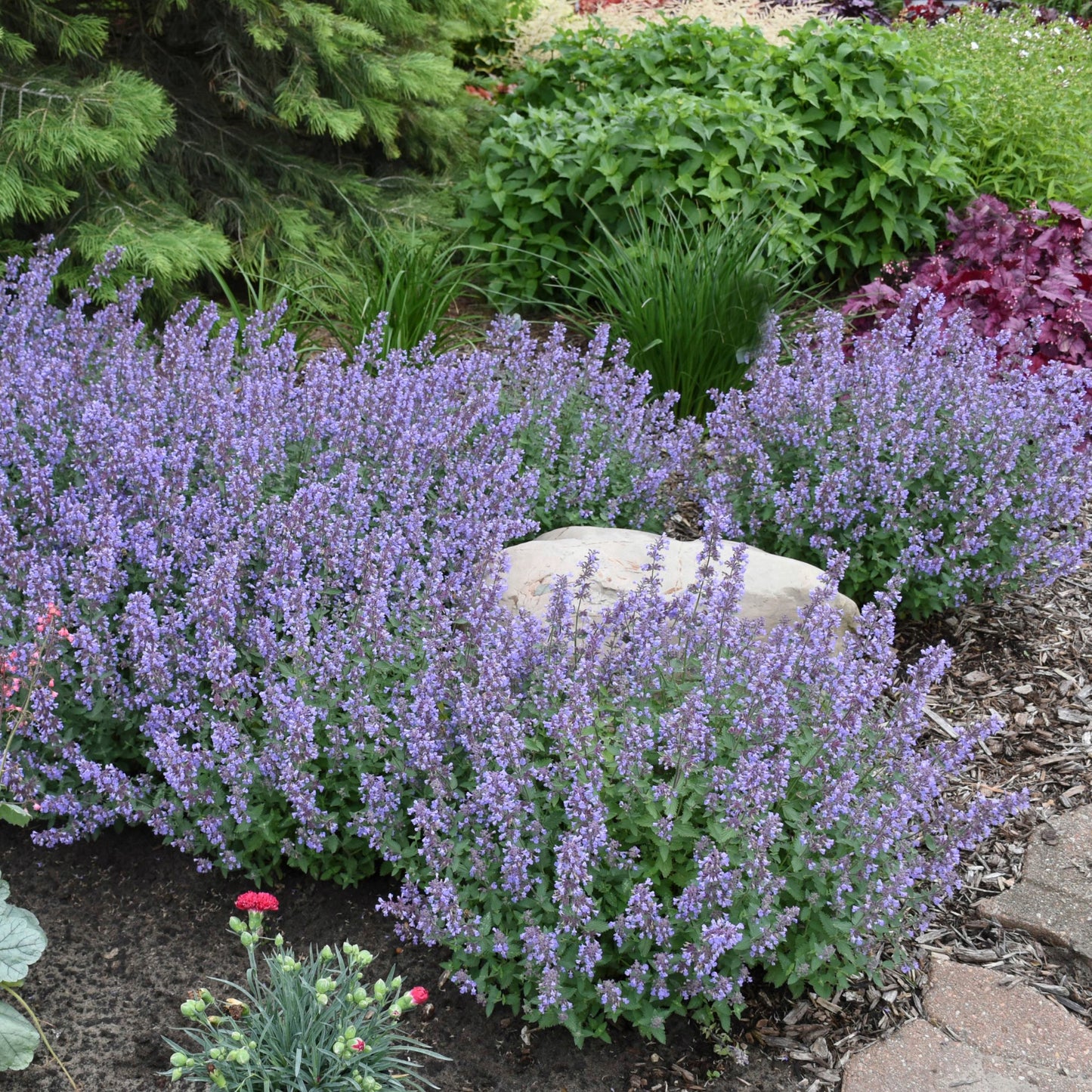
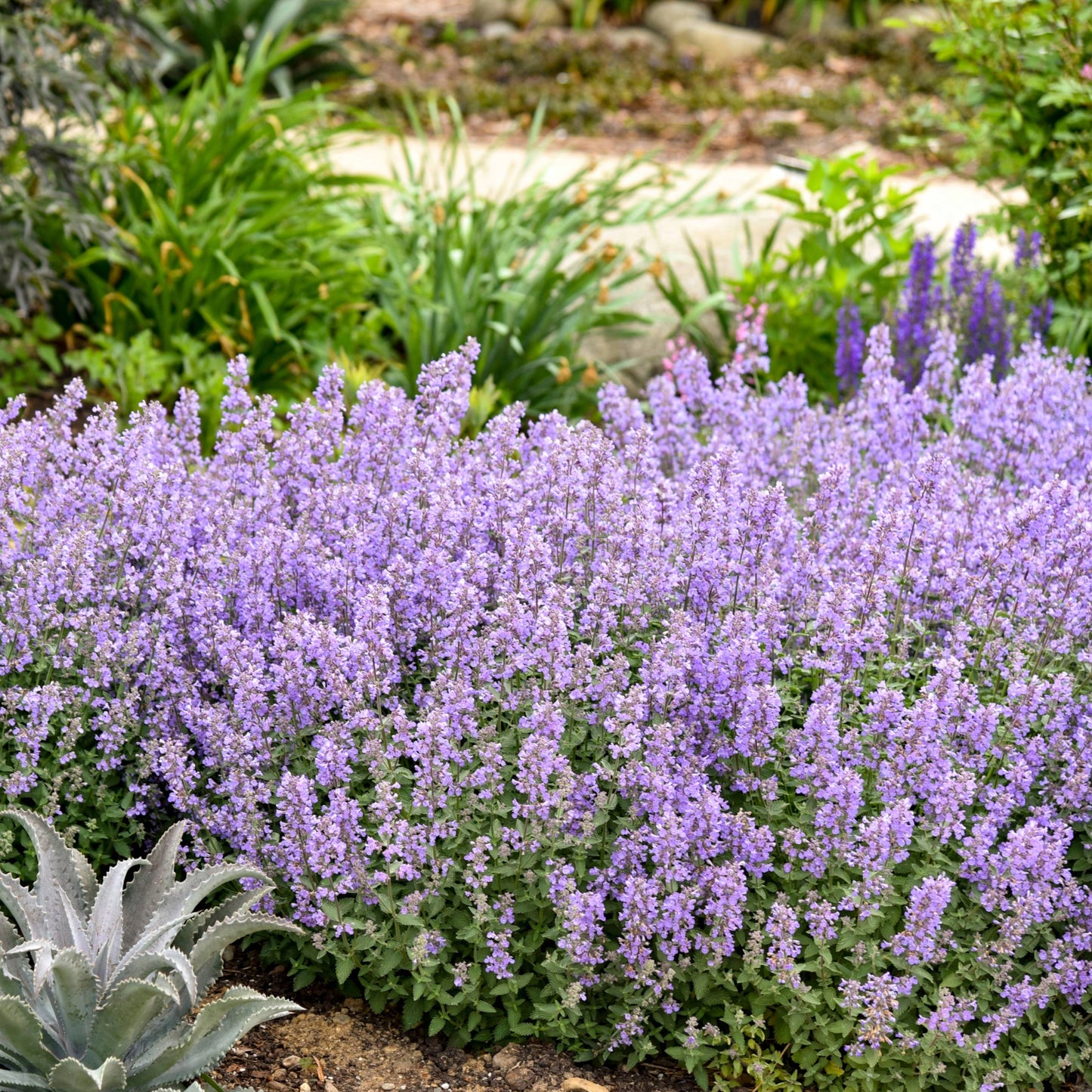
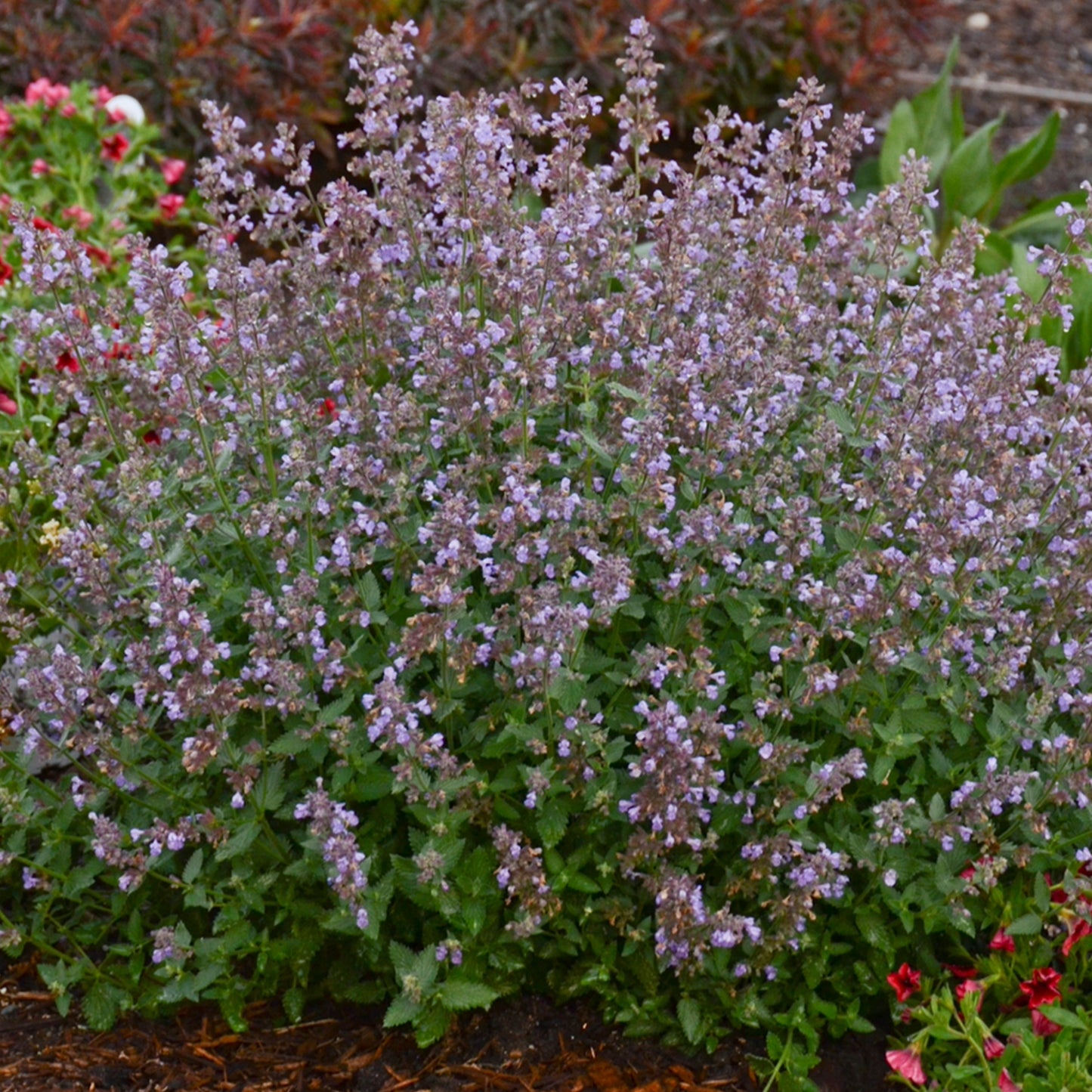
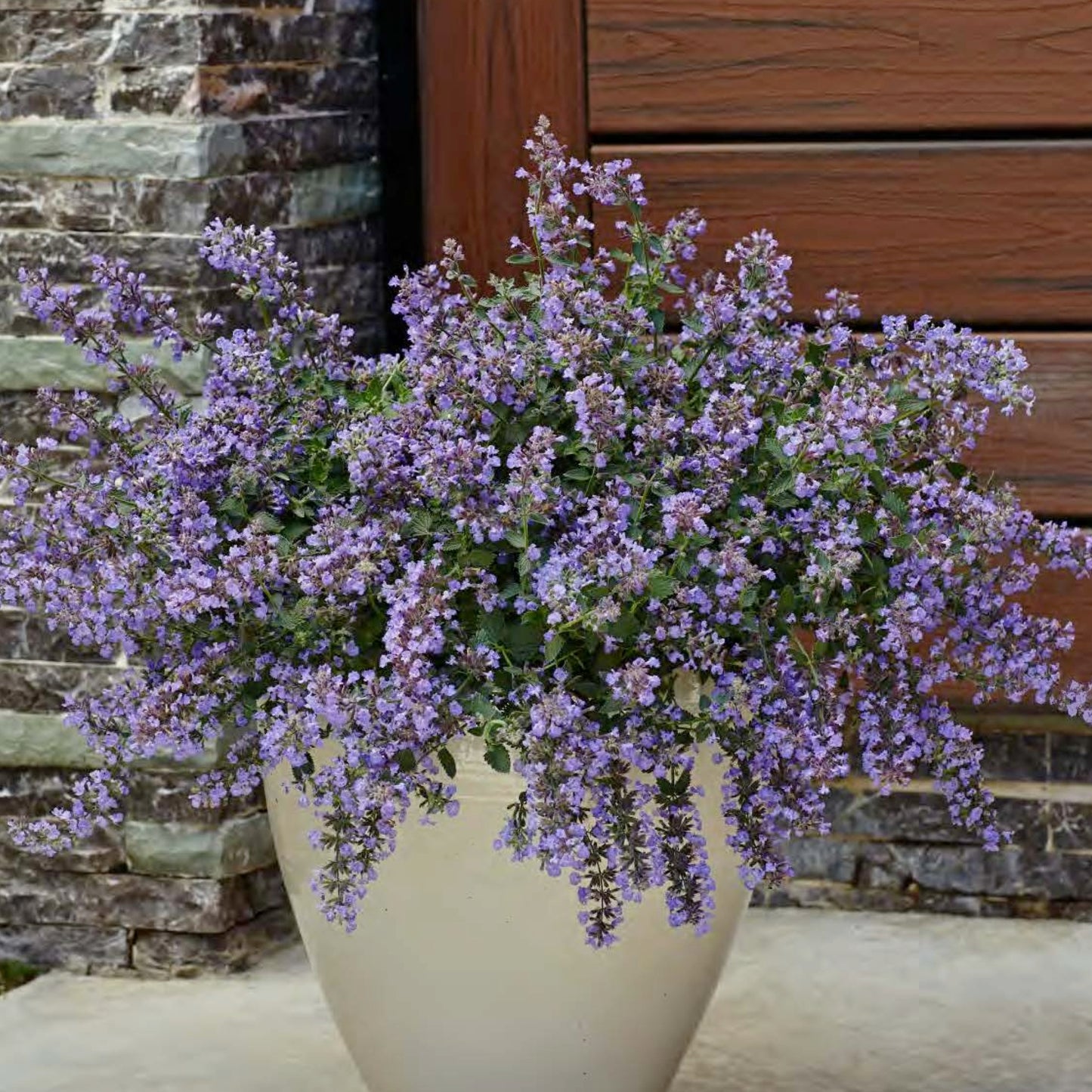
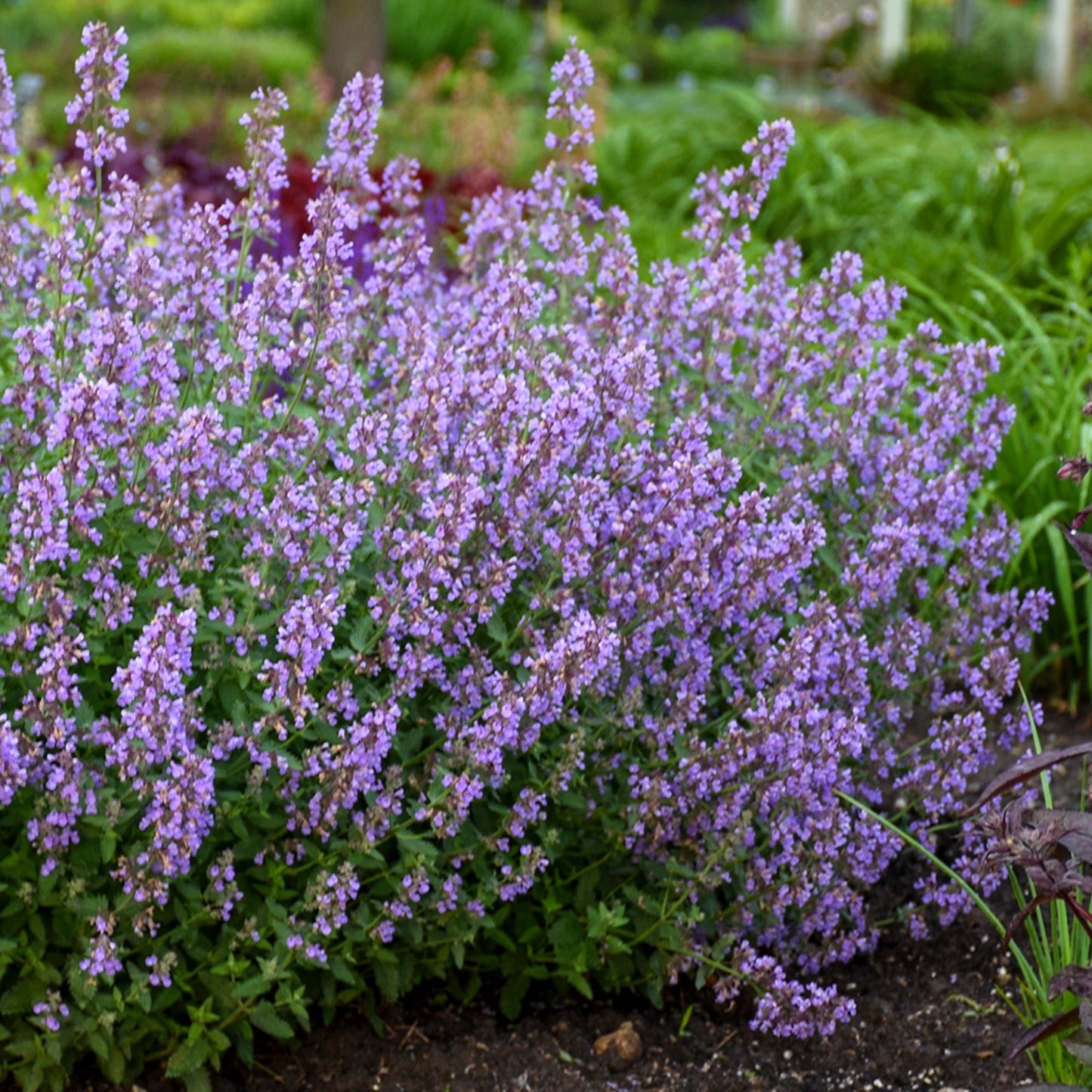
Related articles
-
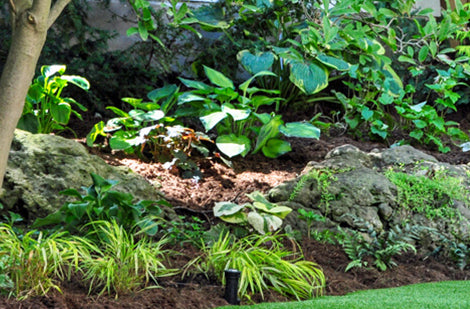
Perennials for all occasions
Read the articleOsez créer des associations inédites qui sauront refléter votre personnalité, même si pour cela vous deviez déplacer certaines vivaces pour mieux les mettre en valeur.
-
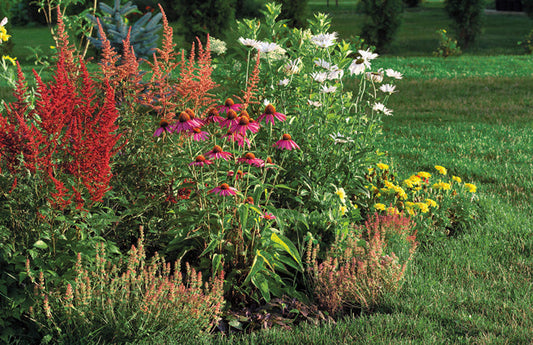
Landscaping with perennials
Read the articleVariétés à découvrir, la tomate se savoure crue, en sandwich, en bruschetta ou en salade. Cuite, c'est l'ingrédient de base de sauces, soupes et salsas.
-
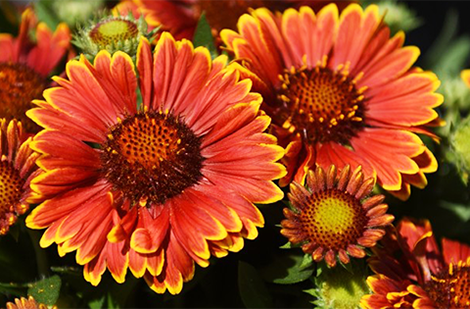
Perennials proper maintenance: cut and fertilize
Read the articleLa grande popularité des vivaces vient du fait qu'après avoir été oubliées pendant des mois au cours de l'hiver, elles réapparaissent sur la scène plus énergiques et surprenantes que par...
-

How to plant perennials in your garden
Read the articleEn pénétrant au jardin, ce sont souvent les plantes vivaces que l’on remarque en premier. Un massif de sauges, d’hémérocalles, d’astilbes, d’échinacées ou de lavande offre un spectacle d’une beauté...

